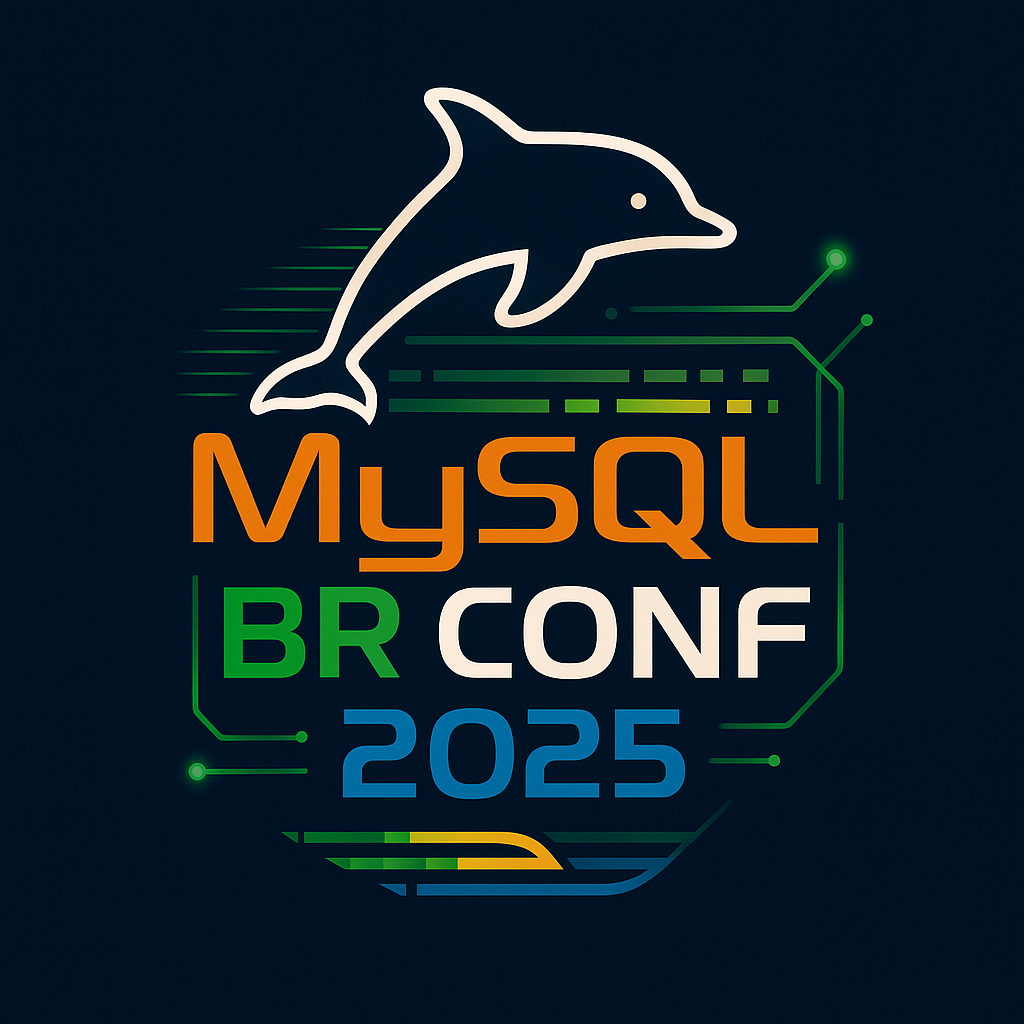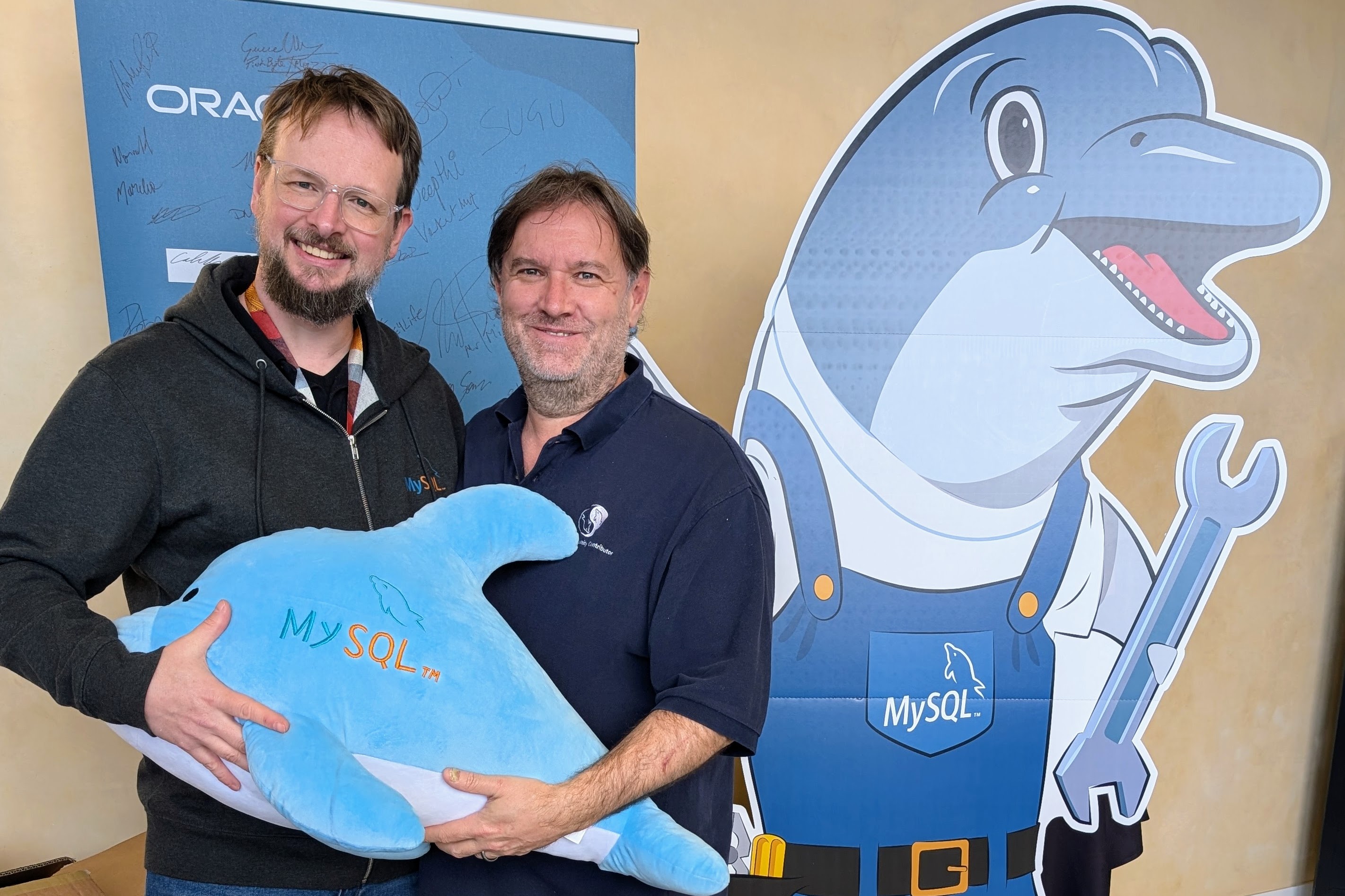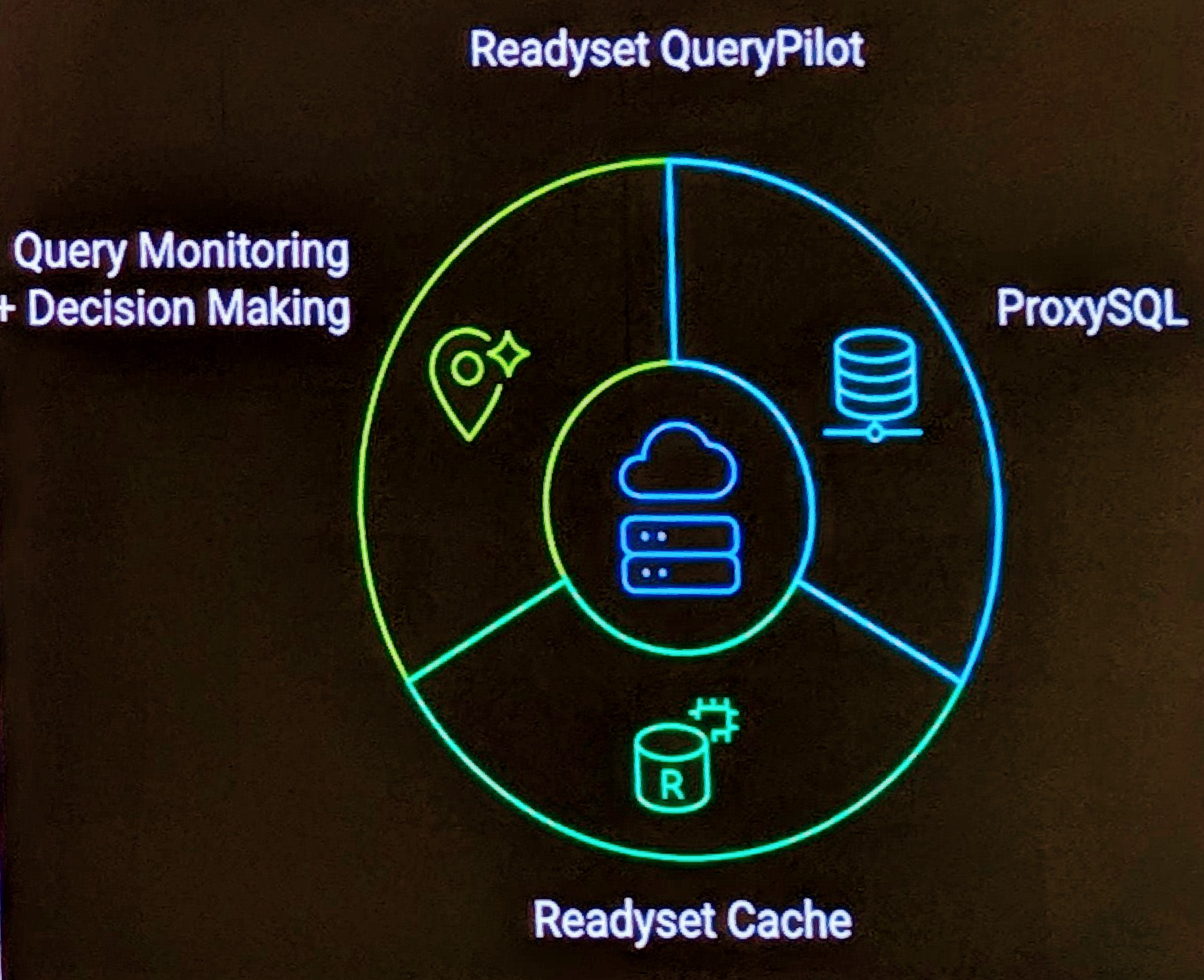Some points of reference from the next Web 2.0 keynote by Jason Fried of 37 Signals
- Software business is a great place to be.
- You can build anything you want. All you really have to it type, it’s not easy to do, it’s just not that hard to do.
- Change is easy, cost is cheap in relation to physical objects.
- You can build it anywhere.
- Software doesn’t have the same kind of feedback as physical objects.
- Visually we can determine good verses poor design (e.g. a bottle of water or a remote control).
It doesn’t have edges, size or weight. It just expands, continues to expand and this is bad. - What would your software be like if it was physical?
- When you say yes to too many features you end up with Homer’s car.
- The goal should be simple, clean, elegant and streamlined.
- Once you hit bloat, it’s too hard to go back.
- Listen to customers, but don’t do everything as they say. Think of yourself as a curator.
- Make your software a collection, not a warehouse.
- You don’t need to have everything in the world.
- You need a few solid features.
- Real work is hard, imaginary work is easy.
- Tell the people that want to have new features, to build them. Attach real costs to any requests.
The DNA of your company has to able to say no.


